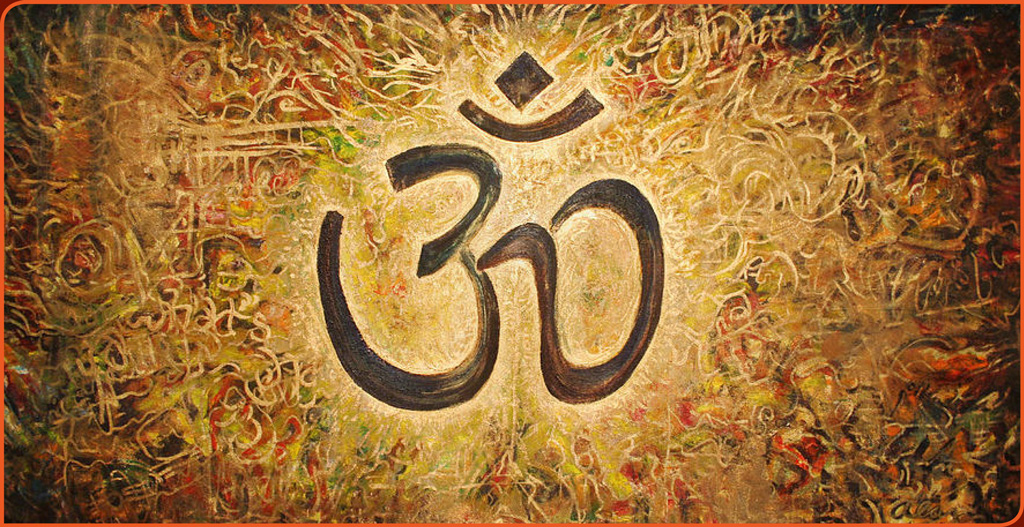sukha-duḥkhe same kṛtvā lābhālābhau jayājayau
tato yuddhāya yujyasva naivaṁ pāpam avāpsyasi
Fight for the sake of duty, treating happiness and distress, loss and gain, victory and defeat. Fulfilling your responsibility in this way, you will never incur sin.
Introduction
Chaturanga is a game that was used to plan out battle strategies. These were then implemented in war during the time of Ancient India. This game was made in the 6th century CE and is the root of the game that we play today, chess.
Who created Chaturanga?
This question is commonly asked by everyone.
The creator of Chaturanga is not known. What is known however, is that whoever created this game belonged to the Gupta Empire, in Tamil Nadu. The earliest reference to the game was in a poem by Bana. This poem is called Harsacaritra and was made in the seventh century CE. Soon, Chaturanga flew to Sassanid, Persia who adopted the game as Chatrang (Shatranj). After the Arab Invasion and the conquest of Persia, it spread to the Muslim world and carried to Spain and Southern Europe.
China also claims that chess originated from their country, however it is believed that they only made modifications to the game. The names of the pieces modified into what we know today in Europe. Elephants became Rooks and so on.
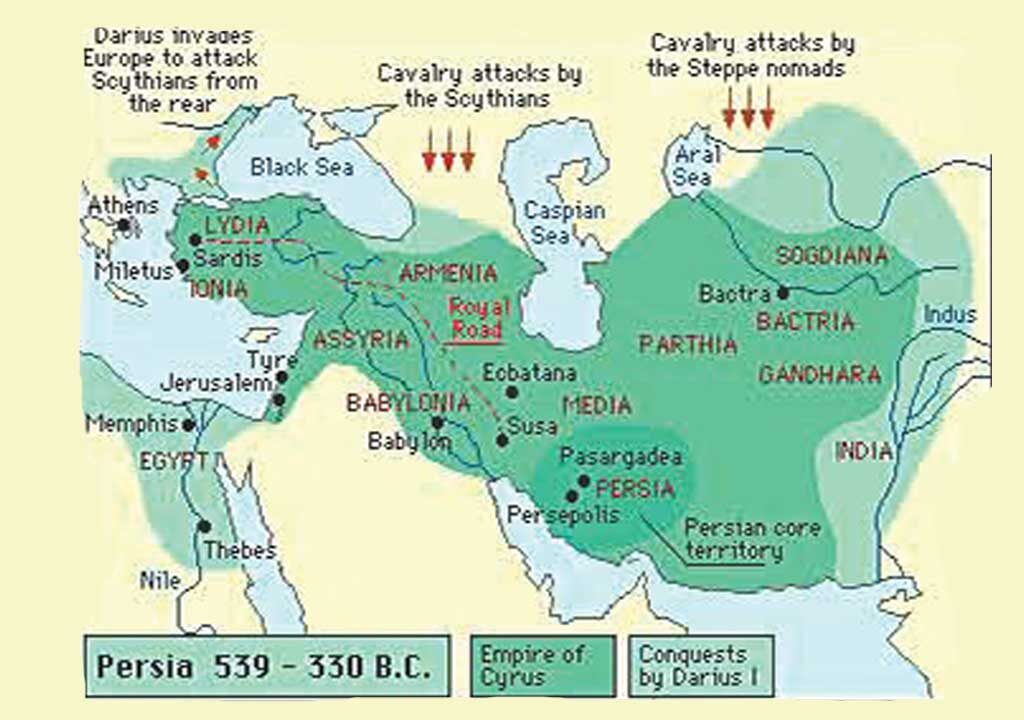
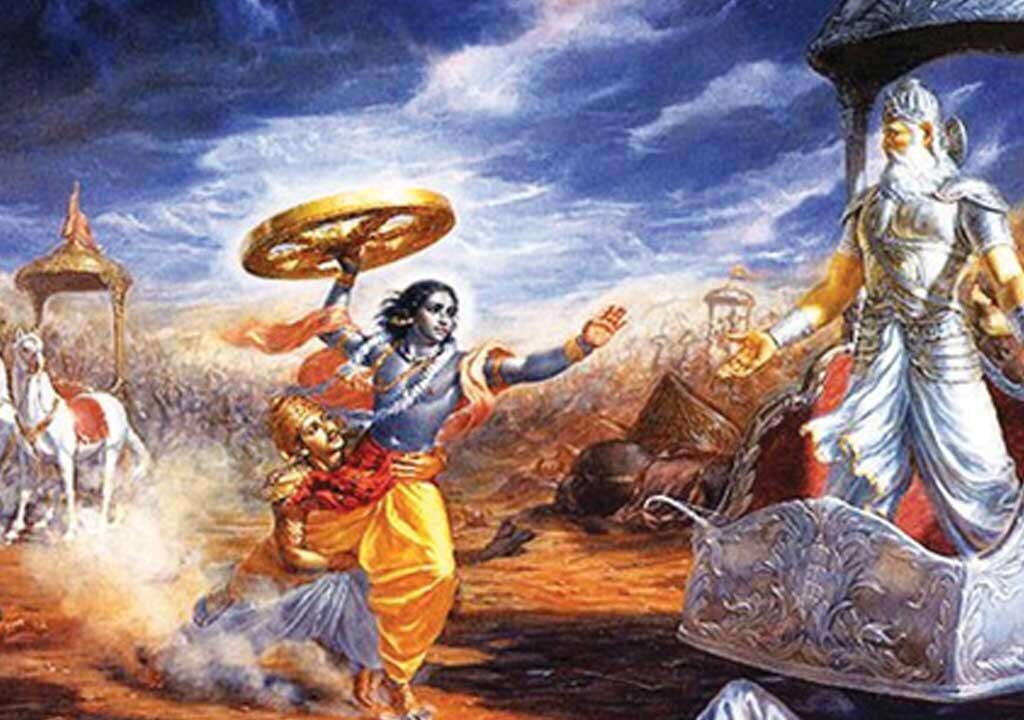
What is the purpose of Chaturanga? The purpose of Chaturanga is for rulers of India to prepare battle strategies for wars. Everything on the board represents the army that the kings and queens had. The pawns are soldiers that go in front of the battle to fight and destroy the other soldiers in the opposition. The other members of the army follow suit to take down their enemy. Each piece is a part of an army seen at the time. The King is the Supreme Ruler of everyone within their kingdom and land. The Vizier is the King’s personal minister that looks after everything regarding the King. They are also a more trusted minister than the others in a King’s court.
Chaturanga has been used to plan out battles, however the first game played was between a Persian King and his wisest minister. After their magnificent game with each other, the King applied the strategies that he discussed with the minister. The result of the war is unknown. Soon later, Chaturanga moved to Persia and was slowly starting to be played as a game, rather than a board to study battle strategies on. Persians then decided to bring new words into the game, such as Shah and Shah mat. Shah means King and Shah mat means checkmate, which literally means ‘the king is frozen’.
Many battle strategies were planned by using this game. In Chaturanga or modern-day chess, you always activate your king in the endgame; in India, kings used to participate in battles as well. This is a common similarity between the game and reality, which is vital.
How to Play
Chaturanga is a game which involves 16 pieces per player. The pieces are as follows:
1 Raja (King)
1 Vizier (Minister)
2 Chariots
2 Elephants (Rooks)
2 Horses (Knights) 8 Pawns
8 Pawns
The pieces came in Red or Black and were made from clay. The pieces were then burnt in a kiln. The pieces also had flat bottoms, so that it was easy to move on the board. The players had to move their pieces in accordance with a dice. The players had to roll a dice and whatever it landed on, they had to move. This made the game more interesting and added a cool twist.
There are two sides: red/white and black. The player with the white pieces always moves first. The exact rules to Chaturanga are unknown, but there are some rules that are very similar.
Raja: Moves 1 square in any direction.
Vizier: Moves 1 square diagonally
Elephants: Moves 2 squares diagonally. This piece can also jump over other pieces.
Horse: Moves in an L-shape (2 up/down, 1 left/right)
Chariots: Moves any number of squares both horizontally and vertically.
Pawns: Moves 1 square in the beginning and throughout the game. This unlike modern chess that we play today. Because of the pawn moving one square
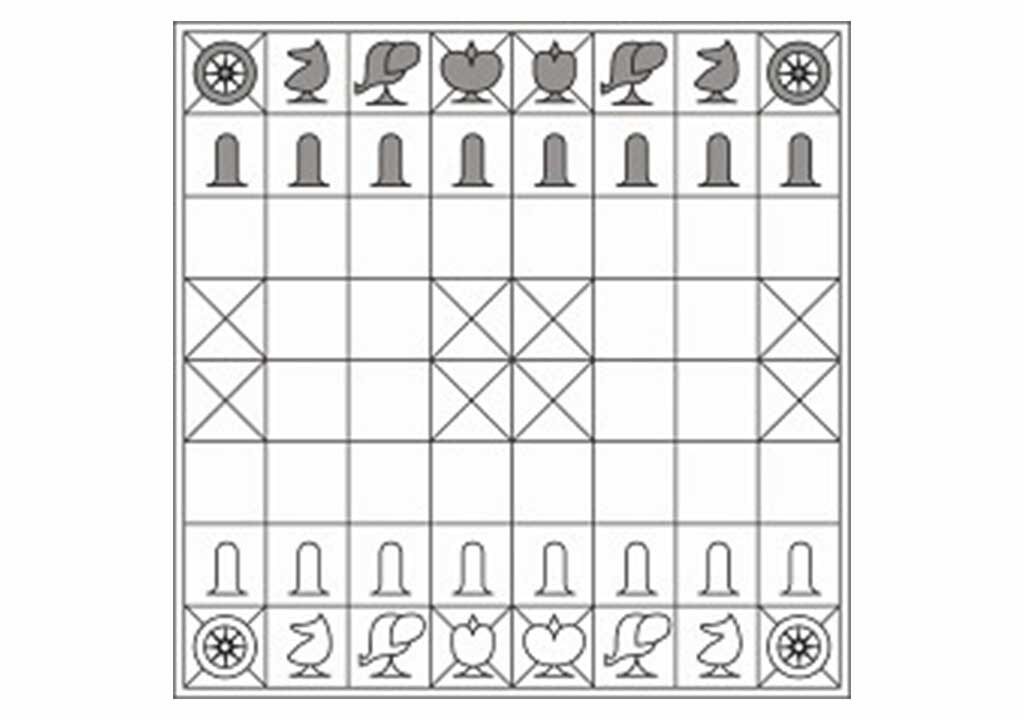
in the beginning, the rule en passant is not liable. (Viewed on Chess.com 2022)
En passant is when a pawn moves two squares and if there is a pawn adjacent to it can capture it, as if the pawn only moved one square. This rule came to
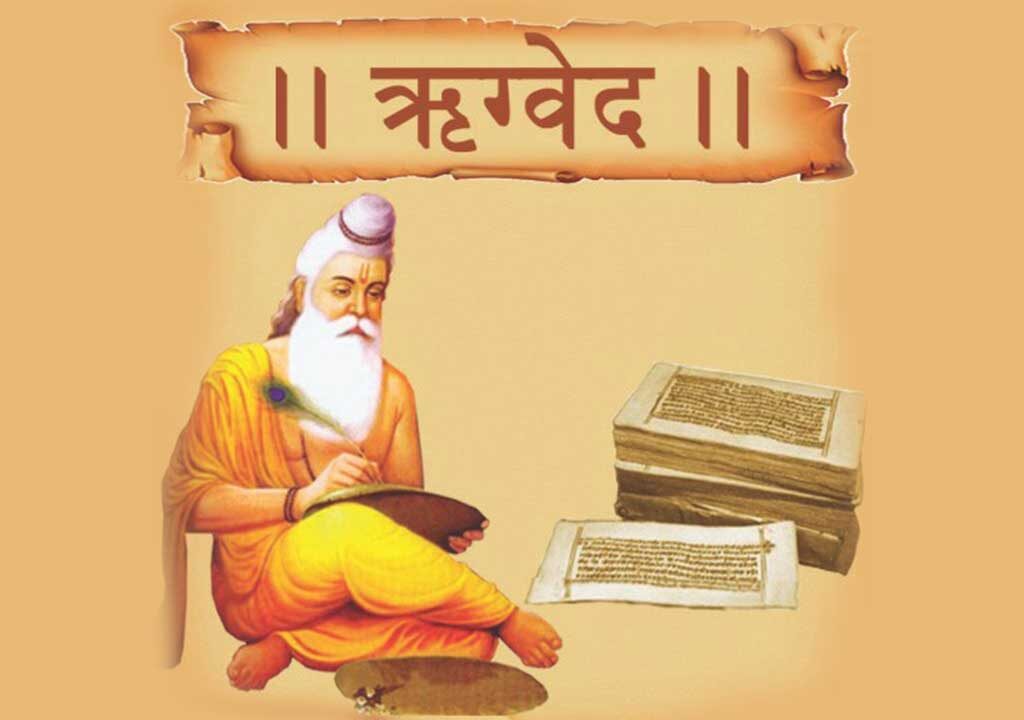
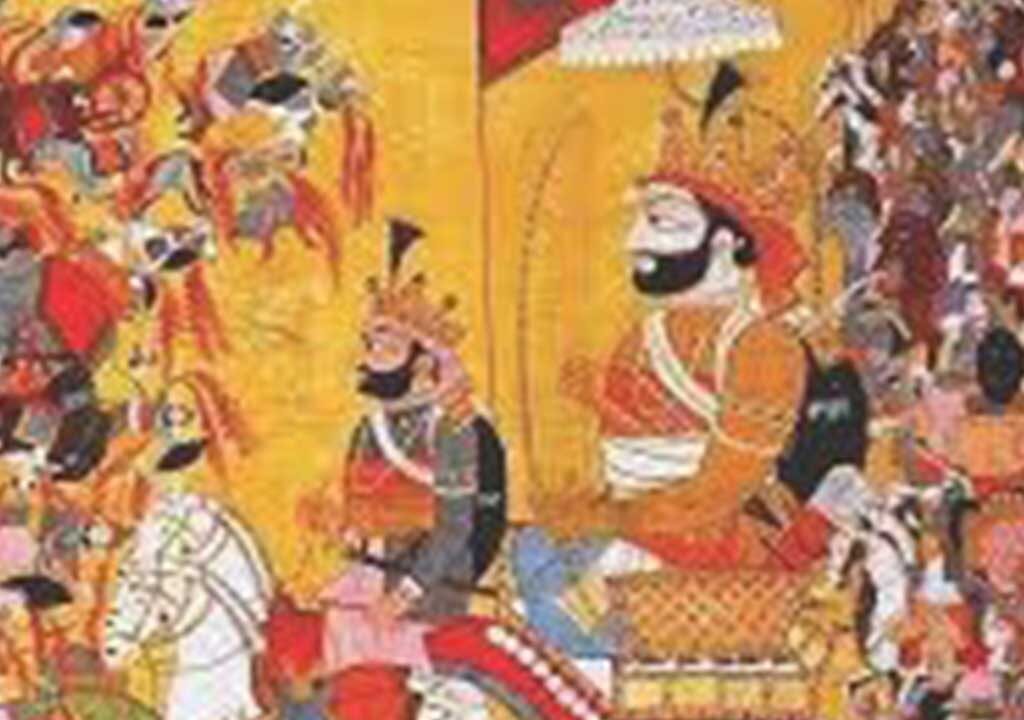
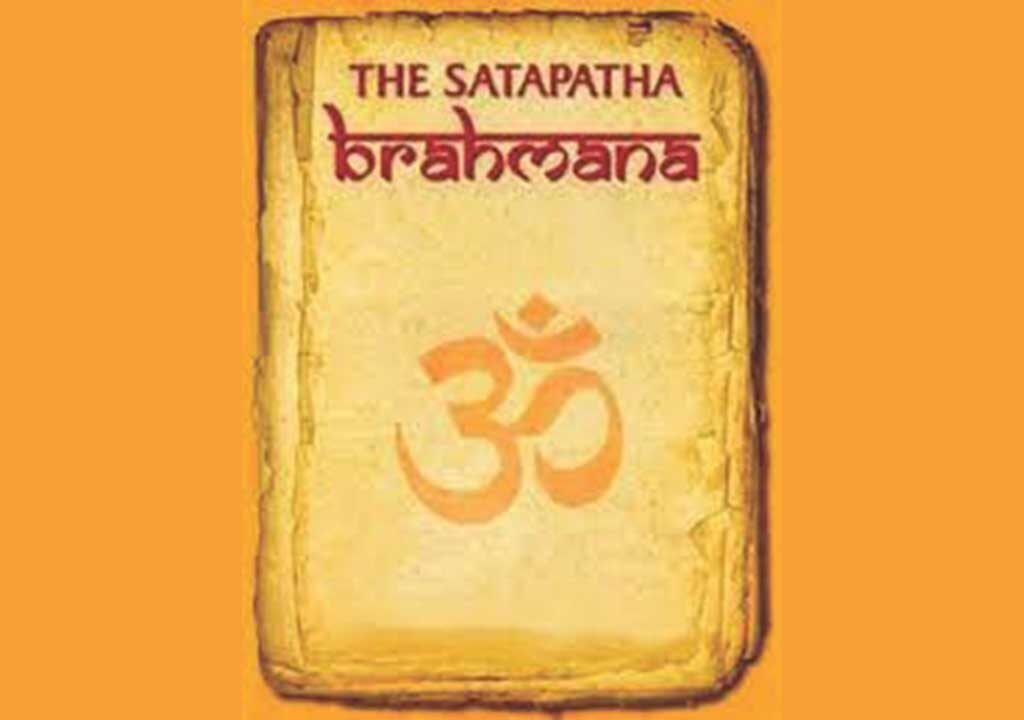
be because in Chaturanga the pawns moved only one square. Now, in modern chess, they move two squares.
The objective of this game is to checkmate your opponent’s king. The stalemated king also gets the victory, unlike modern chess, where a stalemate is a draw.
Chaturanga’s link with the Mahabharata
Chaturanga, believe it or not, links with the famous epic, Mahabharata. The Mahabharata is one of the two epics: the other being the Ramayana. As we have learnt, Chaturanga was used for battle strategies and formations. The name Chaturanga derived from the Mahabharata. Chaturanga means ‘four limbs or arms.’ In the Mahabharata there were four divisions, namely elephantry, chariotry, calvary and infantry. This is how Chaturanga is linked to the Mahabharata. The name, ‘Chaturanga’ was listed in the Rig Veda and the Satapata Brahmana, but not in the style of a game.
Conclusion
Chaturanga is a game that has been used to plan battle strategies, as well as being played as a game. It is also linked to the amazing Mahabharata and has travelled around the world from India to Persia and Europe. Chaturanga was also played by women as well, which showed the dedication that women had in the game, just like what we see today. From Chaturanga to Chess, this game is appreciated worldwide and is known as the root of our modern-day chess that we play today.
Reference
https://www.esamskriti.com/e/Culture/Indian-Culture/Origin-of-chess-aka-Chaturanga-1.aspx
https://homegrown.co.in/article/803547/from-chaturanga-to-chess-the-history-of-the-origin-of-chess
https://www.chess.com/terms/chaturanga-game


![[ India Today ] Ohio senator JD Vance thanks wife, a Hindu, for helping him find Christian faith](https://hinduvishwa.org/wp-content/uploads/2024/06/us-senator-jd-vance-reveals-how-his-hindu-wife-usha-helped-him-find-his-christian-faith-image-re-272530504-16x9_0-120x86.webp)




